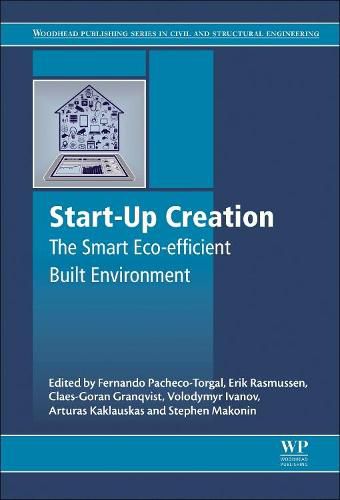Readings Newsletter
Become a Readings Member to make your shopping experience even easier.
Sign in or sign up for free!
You’re not far away from qualifying for FREE standard shipping within Australia
You’ve qualified for FREE standard shipping within Australia
The cart is loading…






Start-Up Creation: The Smart Eco-efficient Built Environment provides a state-of-the-art review on high-technology applications and explains how these can be applied to improve the eco-efficiency of the built environment. Divided into four main parts, the book explains the key factors behind successful startup companies that grow from university research, including the development of a business plan, the importance of intellectual property, necessary entrepreneurial skills, and innovative thinking.
Part Two presents the latest research findings on nano and bio-based technologies and their application and use to the energy efficiency of the built environment. Part Three focuses on the use of genetic algorithms, Big Data, and the Internet of Things applications. Finally, the book ends with an entire section dedicated to App development using selected case studies that illustrate their application and use for monitoring building energy-efficiency.
$9.00 standard shipping within Australia
FREE standard shipping within Australia for orders over $100.00
Express & International shipping calculated at checkout
Start-Up Creation: The Smart Eco-efficient Built Environment provides a state-of-the-art review on high-technology applications and explains how these can be applied to improve the eco-efficiency of the built environment. Divided into four main parts, the book explains the key factors behind successful startup companies that grow from university research, including the development of a business plan, the importance of intellectual property, necessary entrepreneurial skills, and innovative thinking.
Part Two presents the latest research findings on nano and bio-based technologies and their application and use to the energy efficiency of the built environment. Part Three focuses on the use of genetic algorithms, Big Data, and the Internet of Things applications. Finally, the book ends with an entire section dedicated to App development using selected case studies that illustrate their application and use for monitoring building energy-efficiency.